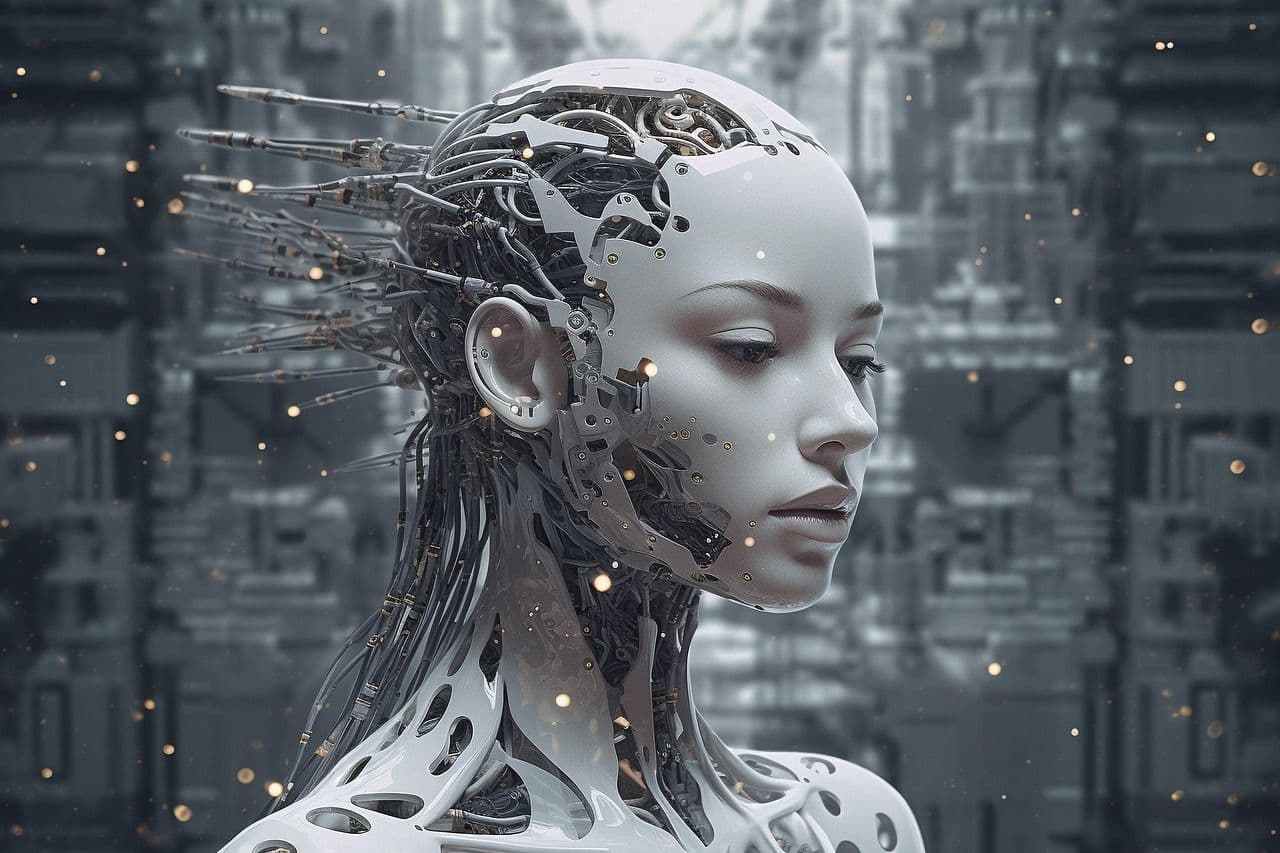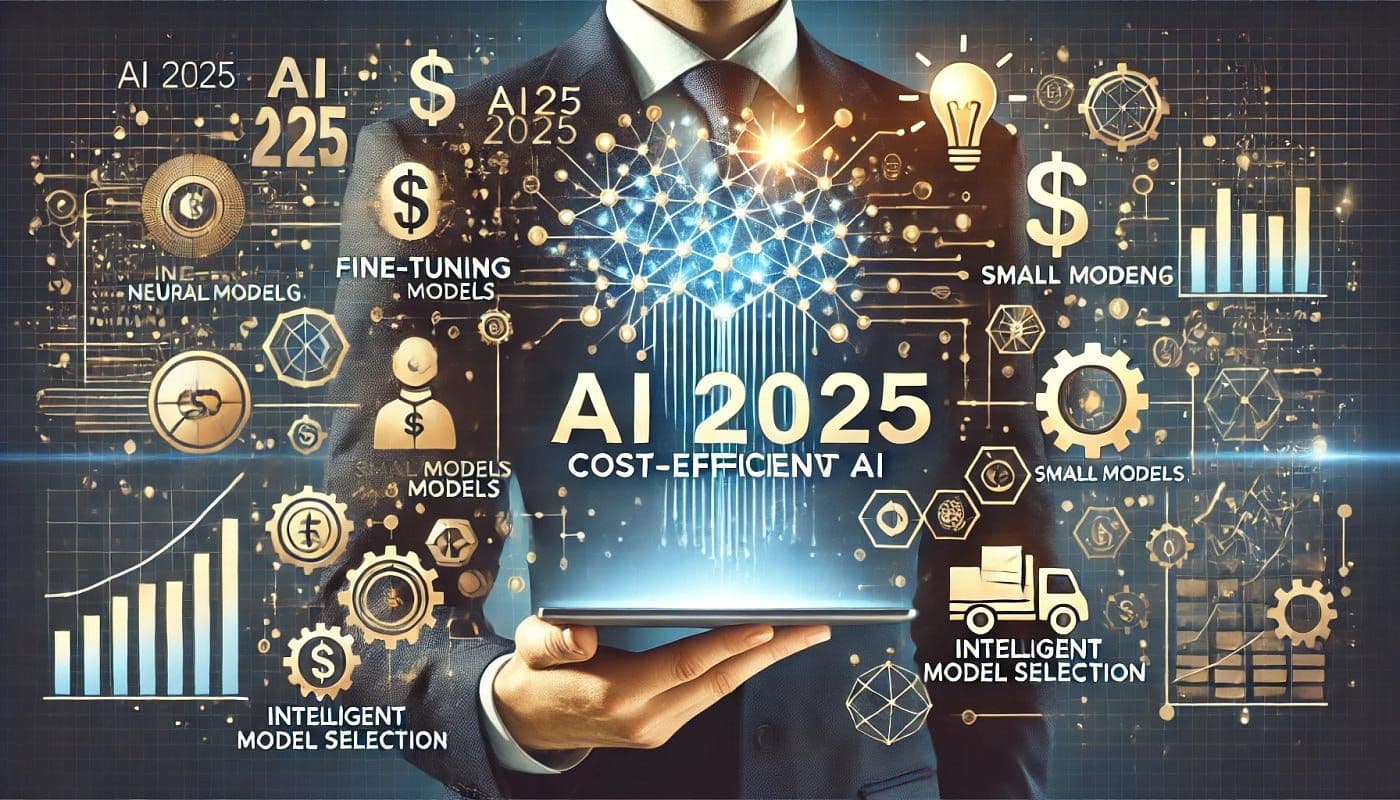
Gaming's AI Revolution: How Generative AI Moved from Research to Full Production in 2024
In 2024, generative AI officially left the research lab and entered the mainstream gaming industry. AI models that once existed only in academic papers are now being used to build real, playable games, with more AI-powered titles expected to launch throughout 2025.
This shift marks one of the biggest transformations the gaming world has seen in years, reshaping how games are developed and how players experience them.
How Generative AI is Being Used in Games
Generative AI is now part of almost every stage of game development. Studios are using AI to speed up design processes, automate repetitive tasks, and create more dynamic in-game experiences.
For example, AI models can now generate realistic environments, dialogue, quests, and even entire characters. This allows smaller teams to produce content that would have taken months or even years to build manually.
In some cases, AI is being embedded directly into games. Players are starting to interact with AI-powered companions that evolve over time or experience worlds that change based on player behavior, thanks to real-time generative systems.
Major companies have already begun experimenting with these ideas. AI-driven non-playable characters (NPCs) that learn from player choices and evolving narratives are no longer concepts, they are starting to appear in early-stage games shipping in 2025.
Challenges Developers Face with AI Integration
While the potential of AI in gaming is huge, it comes with real technical hurdles. Training reliable AI models that deliver consistent, high-quality results is resource-intensive. Developers also need to balance AI automation with human creativity to avoid generic or repetitive content.
Another challenge is performance. Running AI systems in real-time inside games requires optimization to avoid lag, bugs, or crashes especially on lower-end devices.
There are also concerns about player safety, AI hallucinations, and keeping generated content aligned with a game’s narrative and design goals.
The Future of AI-Native Games
Looking ahead, AI-native games, designed with AI integration from day one, are expected to become more common. These titles will offer players dynamic, evolving experiences where no two playthroughs are exactly the same.
As generative AI tools become more advanced and accessible, game development will likely become faster, more flexible, and increasingly driven by AI at its core. The gaming world is only at the start of this transformation.



